Over the past decade, blockchain technology has evolved from a buzzword into a fundamental building block of the digital future. Initially popularized by Bitcoin, blockchain now powers a wide range of innovations—from cryptocurrencies and decentralized finance (DeFi) to smart contracts, NFTs, and even supply chain solutions.
As we step further into 2025, understanding blockchain is no longer optional. Whether you’re an investor, developer, entrepreneur, or simply curious about the digital revolution, grasping how blockchain works—and why it’s so transformative—is essential.
In this post, we’ll break down the technology, explain its real-world applications, and explore why it’s more important than ever in 2025.
What Is Blockchain?
At its core, blockchain is a distributed digital ledger that records transactions across a network of computers. Unlike traditional databases, it’s decentralized, meaning no single entity has control over the entire system. Once data is recorded on a blockchain, it’s nearly impossible to change—making it secure and transparent.
Each entry on the blockchain is grouped into a block. These blocks are linked together in chronological order, forming a “chain” of data—hence the name.
How Blockchain Works (Step by Step)
To make it simple, here’s a high-level overview of how blockchain works:
1. A Transaction is Requested
Someone initiates a transaction—such as sending cryptocurrency or executing a smart contract.
2. The Transaction is Broadcast
The request is broadcast to a peer-to-peer network of computers (also called “nodes”).
3. Validation by Nodes
These nodes validate the transaction using consensus mechanisms like Proof of Work (PoW) or Proof of Stake (PoS), depending on the blockchain.
4. Block Creation
Once verified, the transaction is combined with other recent transactions to form a new block of data.
5. The Block is Added to the Chain
The new block is added to the existing blockchain, making it permanent and immutable.
6. Transaction is Complete
The transaction is confirmed and completed. Anyone can now see the record on the public ledger.
Key Features of Blockchain Technology
Decentralization
No single authority controls the blockchain. This removes single points of failure and increases system resilience.
Transparency
Anyone can verify transactions on a public blockchain. This builds trust in the system.
Immutability
Once data is written to the blockchain, it cannot be altered or deleted. This ensures a reliable historical record.
Security
Advanced cryptography secures the blockchain, making it highly resistant to fraud and cyberattacks.
Why Blockchain Matters in 2025
In 2025, blockchain is no longer a futuristic concept—it’s becoming a mainstream technology shaping the digital economy. Here’s why it’s more relevant than ever:
1. Disrupting Traditional Finance
With the rise of decentralized finance (DeFi), blockchain is cutting out intermediaries like banks and brokers. People can now lend, borrow, trade, and earn yield using only a smartphone and a crypto wallet.
Ethereum, Solana, and Avalanche are among the leading blockchains powering DeFi platforms that handle billions in daily transactions.
2. Powering Web3 and the Next Internet
Web3 is the vision of a decentralized internet where users own their data and identities. Blockchain is the backbone of this movement. Platforms like IPFS, Arweave, and decentralized identity solutions are gaining traction in 2025.
3. Enabling New Business Models
From play-to-earn games to tokenized real estate and NFT-based digital ownership, blockchain is giving rise to entirely new economies.
Even big players like Nike, Meta, and Starbucks are building Web3 experiences using blockchain.
4. Improving Governance and Transparency
Governments and NGOs are exploring blockchain to improve elections, identity management, and anti-corruption measures. In 2025, several countries are piloting central bank digital currencies (CBDCs) on blockchain infrastructure.
5. Revolutionizing Supply Chains
Blockchain provides end-to-end traceability in supply chains. Industries like food, pharmaceuticals, and luxury goods use blockchain to verify product authenticity and improve logistics.
Blockchain Use Cases in 2025 (Real Examples)
Healthcare: Blockchain secures patient data and enables cross-border health record sharing.
Education: Academic certificates and transcripts are issued and verified on blockchain platforms.
Real Estate: Property ownership and land titles are being tokenized and transferred via smart contracts.
Legal: Smart contracts automate agreements and reduce legal disputes.
Media: Blockchain helps artists control royalties and IP rights directly through NFTs.
Challenges Blockchain Still Faces
Despite the progress, blockchain isn’t perfect. It still faces:
Scalability Issues (e.g., network congestion and high gas fees)
Regulatory Uncertainty
Environmental Concerns (though many are transitioning to eco-friendly consensus models)
User Education and Onboarding
The Future of Blockchain
As we look ahead, the future of blockchain in 2025 and beyond will include:
Layer 2 solutions for scalability (like Arbitrum, Optimism, and zk-Rollups)
Interoperability protocols connecting multiple blockchains (like Polkadot and Cosmos)
More user-friendly wallets and decentralized apps (dApps)
Greater institutional adoption, particularly in finance and insurance
Blockchain is not just a passing trend—it’s a foundational technology that is transforming industries, economies, and the way we interact with digital systems. In 2025, its importance is more apparent than ever as it powers financial inclusion, decentralization, and digital innovation.
Whether you’re new to crypto or a seasoned tech enthusiast, understanding blockchain is key to thriving in the new digital age.
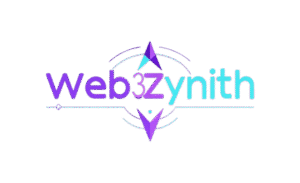


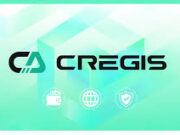


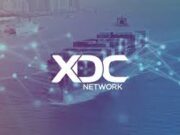






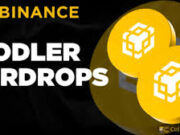

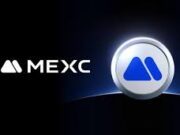

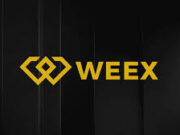




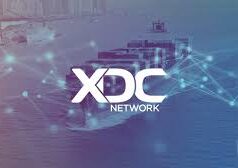
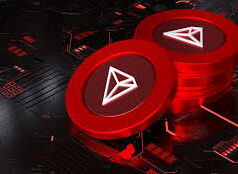




Feels like a beginner’s guide that skips the tough stuff. Needs more depth for serious readers. But good stuff
Cool read! I’m new to this and wondering: how do blockchains like Ethereum compare to newer ones li
The part about smart contracts automating deals was eye-opening